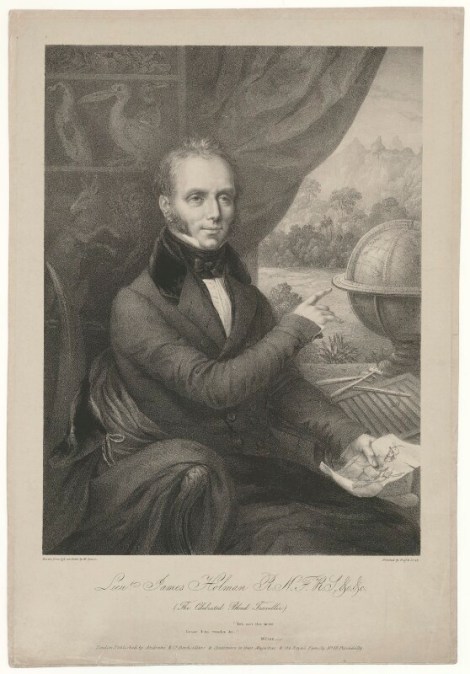This week, we learned …
… how history’s most prolific explorer felt his way around the world. Read of the week!

Lithograph by Maxim Gauci, printed by Graf & Soret, published by Andrews & Co, courtesy the National Portrait Gallery (UK)
Where in the world are our explorers?
… the Hurricane Harvey Book Club is comforting students—and teachers, and parents.

Coast Guard photo by Petty Officer 3rd Class Johanna Strickland
How did Harvey become the rainiest storm in U.S. history?
… the world’s most valuable resource is not oil. It’s data, and that needs to inform how we think about monopolies and trusts.

Illustration by Udo J. Keppler, courtesy Library of Congress
Is there “trust busting” Silicon Valley firms?
… children are probably more fair than selfish.

Photograph by Richard Hewitt Stewart, National Geographic
… why innovative ecology needs old-fashioned natural history.

Photograph by Robert Clark, National Geographic
What is ecology? What is natural history?
… using a plastic bag in Kenya could cost you $40,000 or four years in jail.
What are the “perils of plastic”?
… a lot of our ideas about bilingual children are total myths.

Photograph by Dorothea Lange, courtesy National Archives and Records Administration
How do students plan a website in a bilingual classroom?
… fantasy maps are awesome, and fantasy maps are awful.

Oz, by L. Frank Baum
What does our “guerrilla geographer” think of fantasy maps?
… West Africa may be closer to introducing a single currency.

Photograph by Robin Hammond, National Geographic
Will a single currency eliminate hyperinflation like this?
… you can travel through deep time with this interactive Earth.

You can travel to Mars with our interactive globe!
… the literal translation of place-names in Canada and the United States.

Map courtesy Expedia.ca

